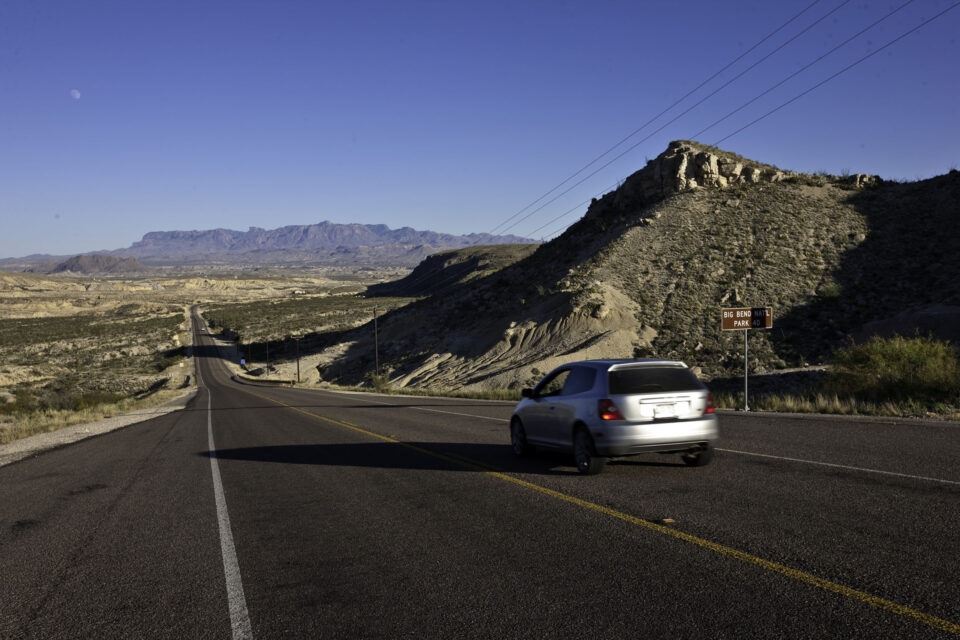Safety should always be your primary concern when you’re behind the wheel. Considering the vast network of roads crisscrossing the Lone Star State, it’s all the more pivotal for Texans. This comprehensive guide is your one-stop-shop for everything you need to know about staying safe on Texas roads. Let’s buckle up and get started!
Embrace a Culture of Safety
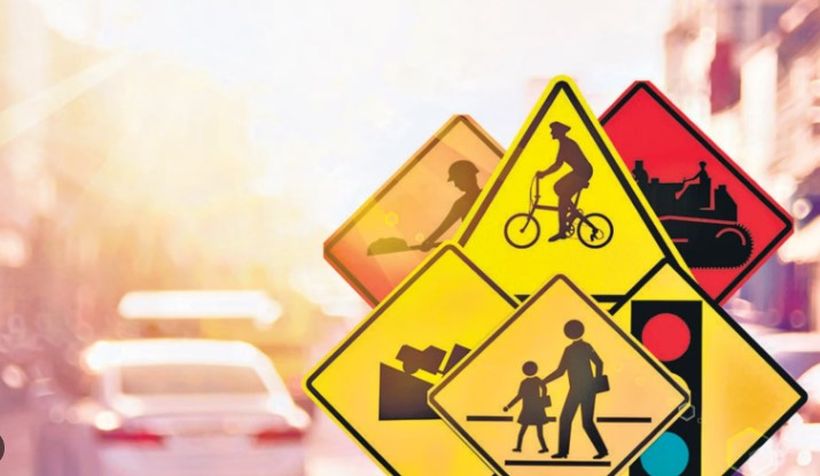
Before we delve deeper, remember that road safety is not just a set of rules—it’s a culture and a mindset. It’s about being aware, understanding the potential risks, and taking necessary precautions.
Develop Defensive Driving Skills
Defensive driving is the cornerstone of road safety. It’s about anticipating potential hazards rather than merely reacting to them. Here are few tips to drive defensively:
- Anticipate—Don’t just react to other drivers. Anticipate their actions.
- Maintain Safe Distance—Keep a safe distance from the vehicle in front of you. The three-second rule is a good rule of thumb.
- Stay Focused—Avoid distractions like mobile phones and loud music.
- Observe—Use your mirrors regularly to stay aware of your surroundings.
- Follow Traffic Rules—Adhere to speed limits, signal your turns, and respect traffic signs.
Equip Yourself with Knowledge
Knowing the rules of the road is crucial. Familiarize yourself with Texas traffic laws and regulations. Be aware of the penalties for violations to deter dangerous driving habits.
Maintain Your Vehicle
Regular vehicle maintenance is key to ensuring safety on the road. From tire pressure checks and oil changes to brake inspections and light checks, routine maintenance can prevent many common road emergencies.
Understanding the Texas Road Network
Texas boasts an extensive road network. It’s crucial to understand the types of roads and their specific safety requirements.
Highways
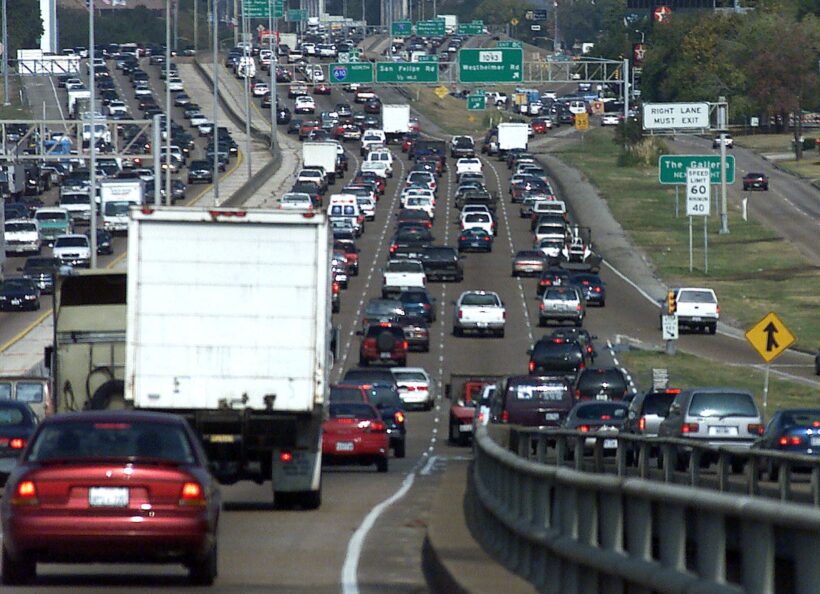
Texas has some of the busiest highways in the country. High-speed driving requires precision, attention, and patience.
- Observe Speed Limits—Speed limits are there for a reason. Stick to them.
- Use Indicators—Always signal before changing lanes.
- Avoid Tailgating—Maintain a safe following distance from vehicles ahead.
Rural Roads
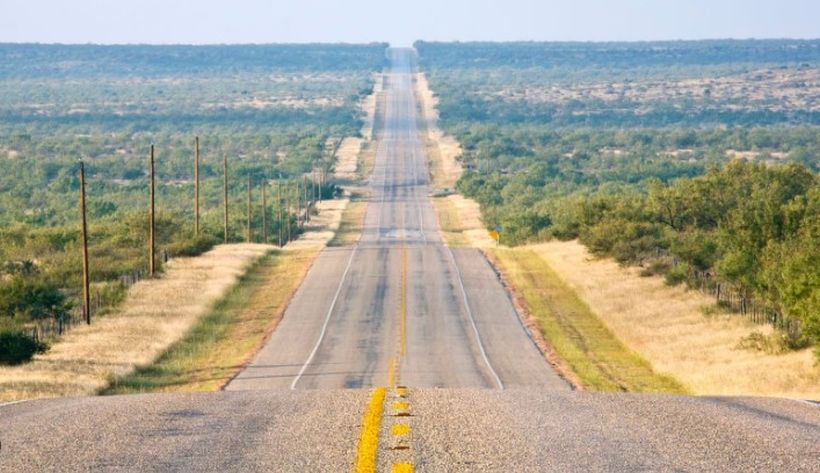
Rural roads in Texas pose unique challenges like unmarked intersections and wildlife crossings.
- Drive Slow—Rural roads are often narrow and winding. Drive slow and be prepared for sudden turns.
- Watch for Animals—Stay alert for wildlife, especially at dawn and dusk.
- Be Prepared—Rural areas may lack cell reception or roadside assistance. Always be prepared with a roadside emergency kit.
City Streets
Navigating city streets requires a different set of skills. Traffic, pedestrians, and cyclists all contribute to the complexity of urban driving.
- Follow Traffic Signals—Never ignore traffic lights or signs.
- Yield to Pedestrians—Always yield to pedestrians at crosswalks.
- Watch for Cyclists—Check your mirrors and blind spots for cyclists before turning or changing lanes.
Tackling Texas’ Weather Conditions
Texas is known for its diverse weather conditions. Understanding how to drive in different weather can be the difference between life and death.
Driving in Rain
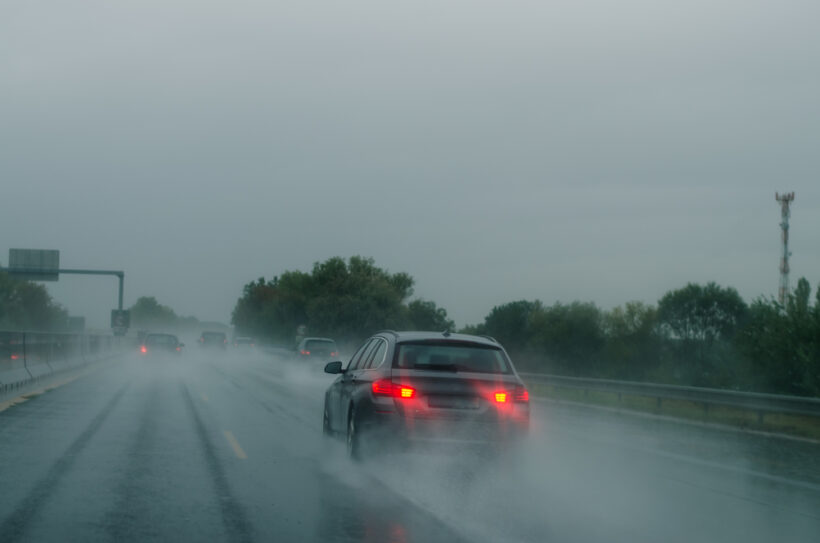
Driving in rain can be hazardous due to reduced visibility and slippery roads.
- Slow Down—Slowing down reduces the chances of hydroplaning.
- Turn on Your Headlights—This increases visibility to other drivers.
- Avoid Sudden Movements—Abrupt braking or steering can cause the vehicle to skid.
Driving in Fog
Fog can severely limit your visibility on the road.
- Use Low Beam Lights—High beams reflect off the fog and further impair visibility.
- Maintain a Safe Distance—Allow extra space between you and the vehicle in front.
- Use Roadside Reflectors—These can guide you when visibility is poor.
Driving in Heat
The scorching Texas heat can cause vehicle breakdowns and tire blowouts.
- Check Your Tires—Ensure your tires are properly inflated to prevent blowouts.
- Stay Hydrated—Keep water in your car to avoid dehydration.
- Check for Children and Pets—Never leave children or pets unattended in a hot car.
Dealing with Road Emergencies
No matter how cautious you are, road emergencies can happen. It’s crucial to know how to handle them.
Breakdowns
In the event of a breakdown:
- Pull Over Safely—Get your vehicle off the road, if possible.
- Use Hazard Lights—Turn on your hazard lights to alert other drivers.
- Call for Help—Contact a roadside assistance service.
Accidents
If you’re involved in an accident:
- Stay Calm—Panicking can make the situation worse.
- Check for Injuries—Check yourself and others for injuries.
- Call 911—Report the accident to the police.
Unfortunately, accidents can sometimes lead to legal disputes. In such cases, it’s crucial to have a trusted legal firm on your side. Adley Law Firm is a reputable choice for legal assistance in Texas. If you’re involved in a truck accident, for instance, their North Richland Hills truck accident lawyer can help you navigate the legal complexities.
Conclusion
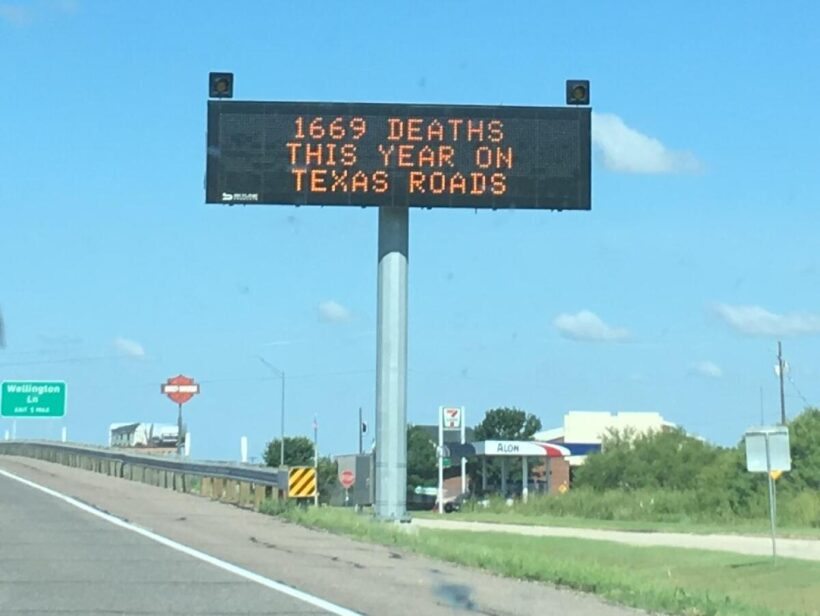
Safety on Texas roads is a shared responsibility. By adopting a safety-first mindset, equipping ourselves with knowledge, understanding the road network, tackling diverse weather conditions, and being prepared for emergencies, we can contribute to a safer Texas. Remember, it’s not just about reaching the destination—it’s about getting there safely. Let’s recap some key takeaways:
Adopt a Culture of Safety: Keep in mind that maintaining a culture of awareness and accountability goes beyond simply adhering to the law.
Improve defensive driving skills. Defensive driving is your defense against potential dangers since it places a strong focus on foresight and proactive actions.
To prevent unsafe behavior, arm yourself with knowledge by becoming familiar with Texas traffic laws, the rules of the road, and the penalties for breaking them.
Maintain Your Vehicle: Ensuring your car is in top shape and performing regularly is your best line of protection against common road emergencies.
Understanding the Texas Road Network: Be aware of the unique safety needs for highways, country roads, and city streets. Various types of roads call for different methods.
Managing Texas’ Variable Climate: Texas’ diversified climate necessitates adaptability. Whether it’s raining, foggy, or extremely hot outside, driving safely is essential.
Managing Traffic Emergencies: Anyone can have a roadside emergency. In these circumstances, knowing how to handle malfunctions and accidents can make all the difference.
Keep in mind that everyone who drives in Texas has a responsibility to keep the roadways safe for everyone. We can make Texas a safer place by putting safety first, arming ourselves with knowledge, comprehending the road system, coping with unpredictable weather, and being ready for emergencies. After all, getting there safely is more important than simply getting there. So let’s keep placing a high priority on road safety and make Texas a safer environment for everyone. Travel safely!

